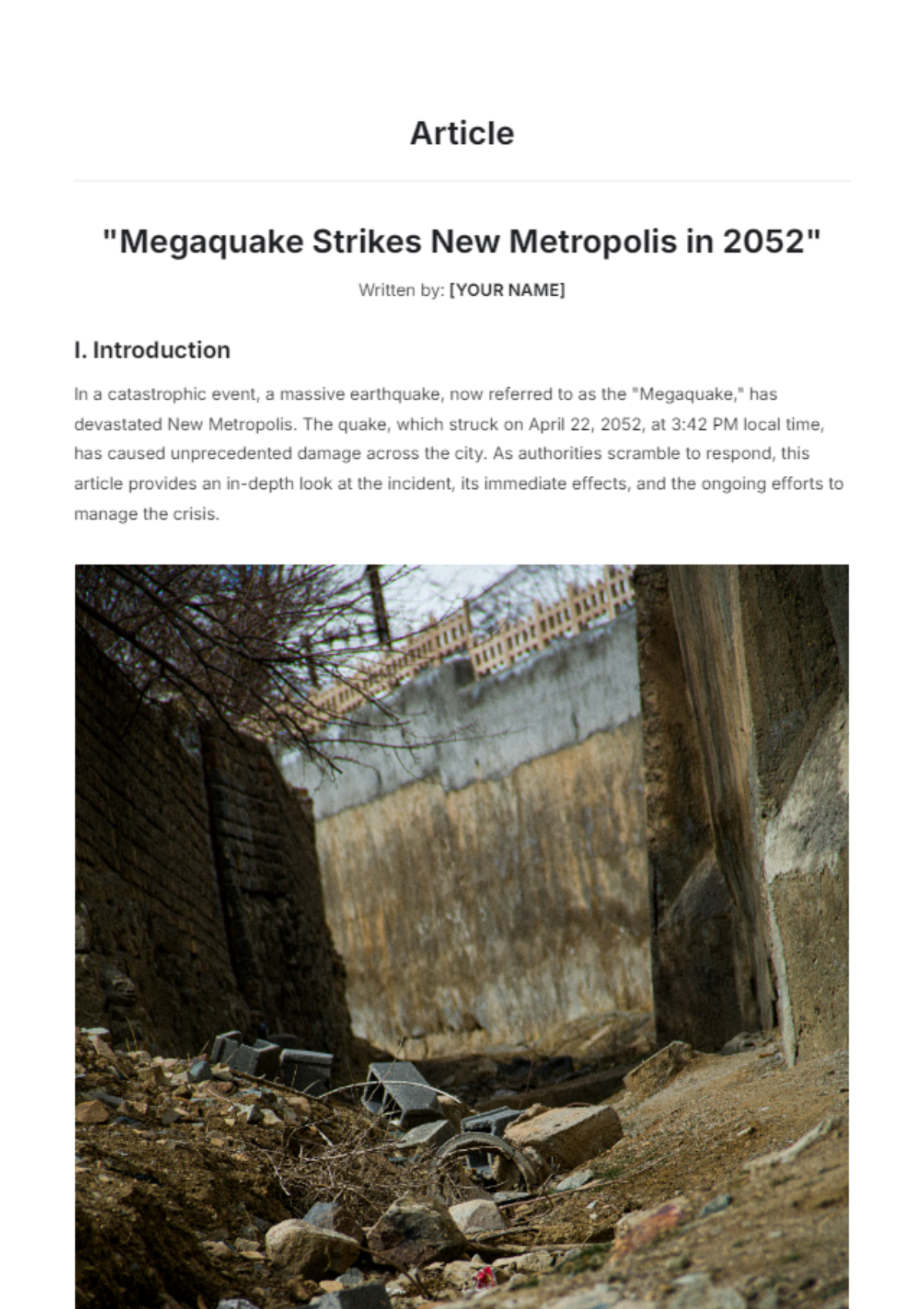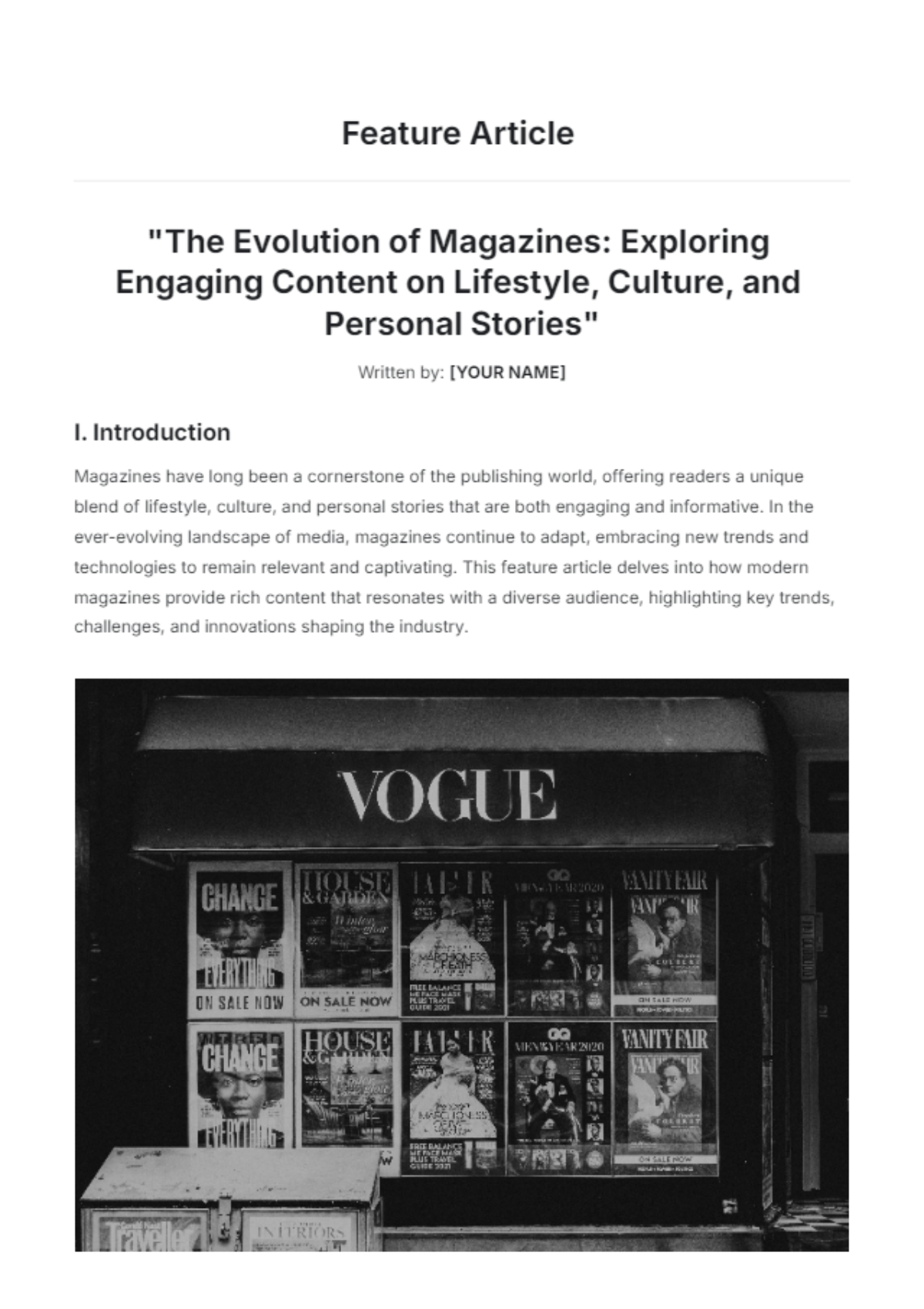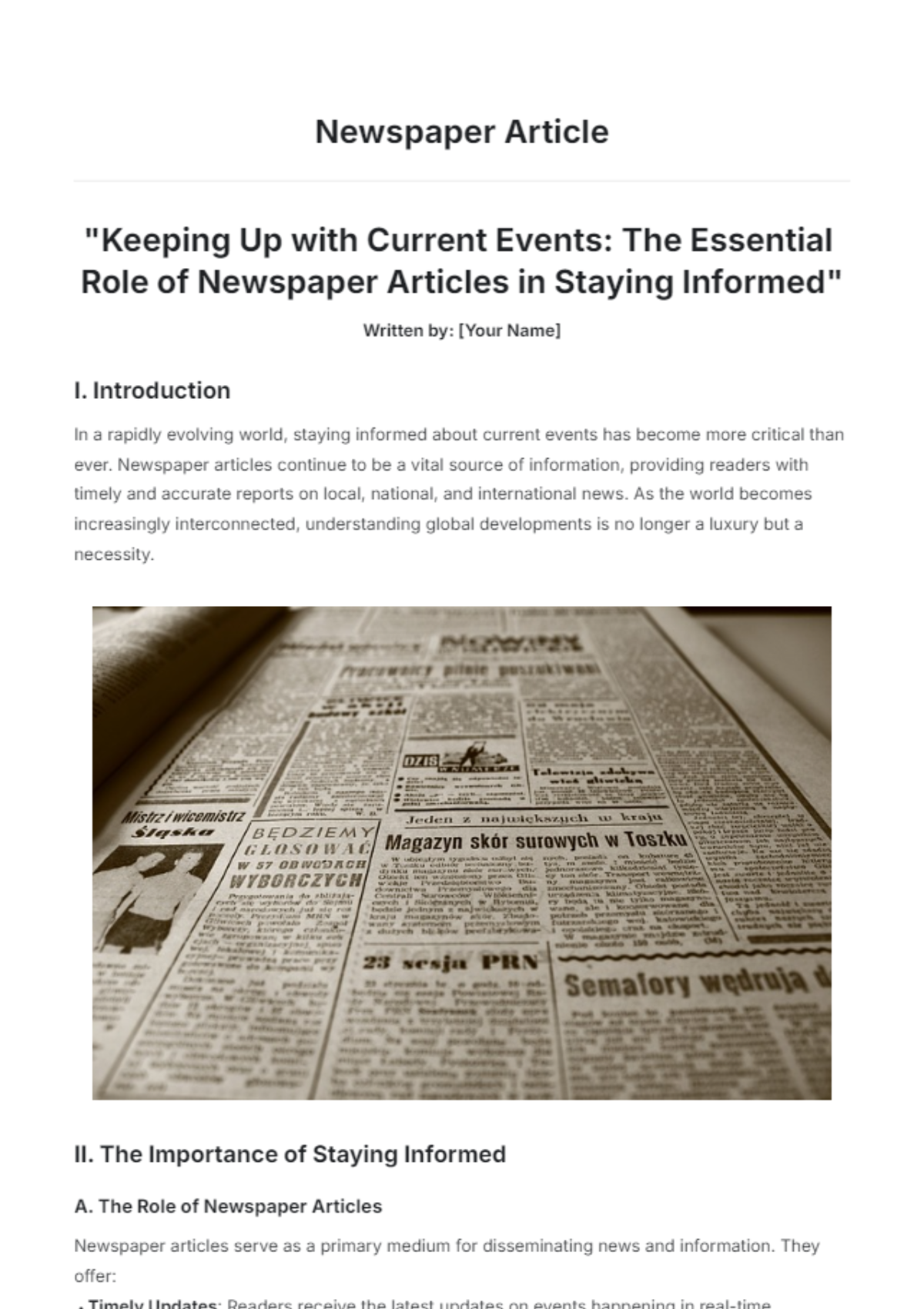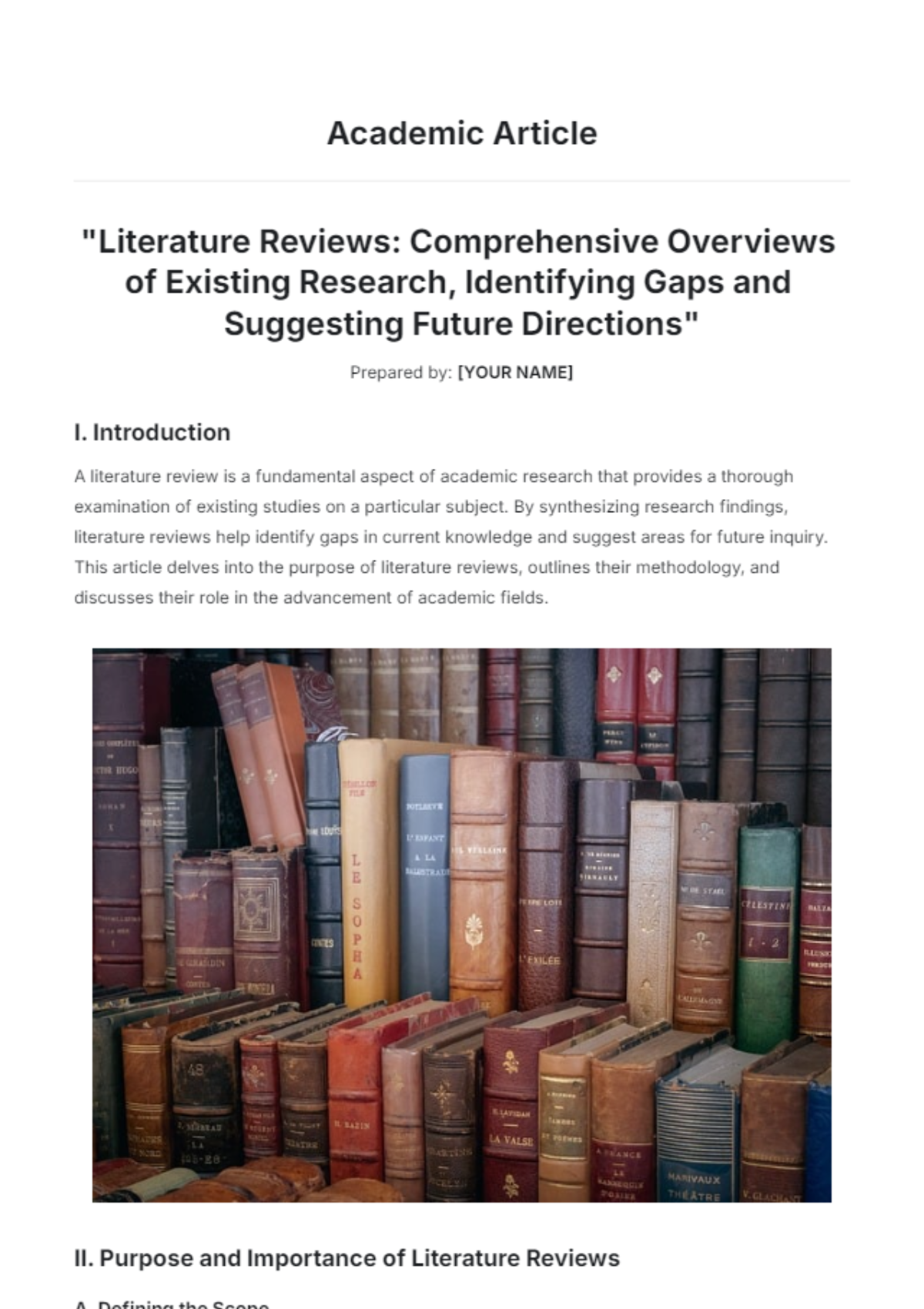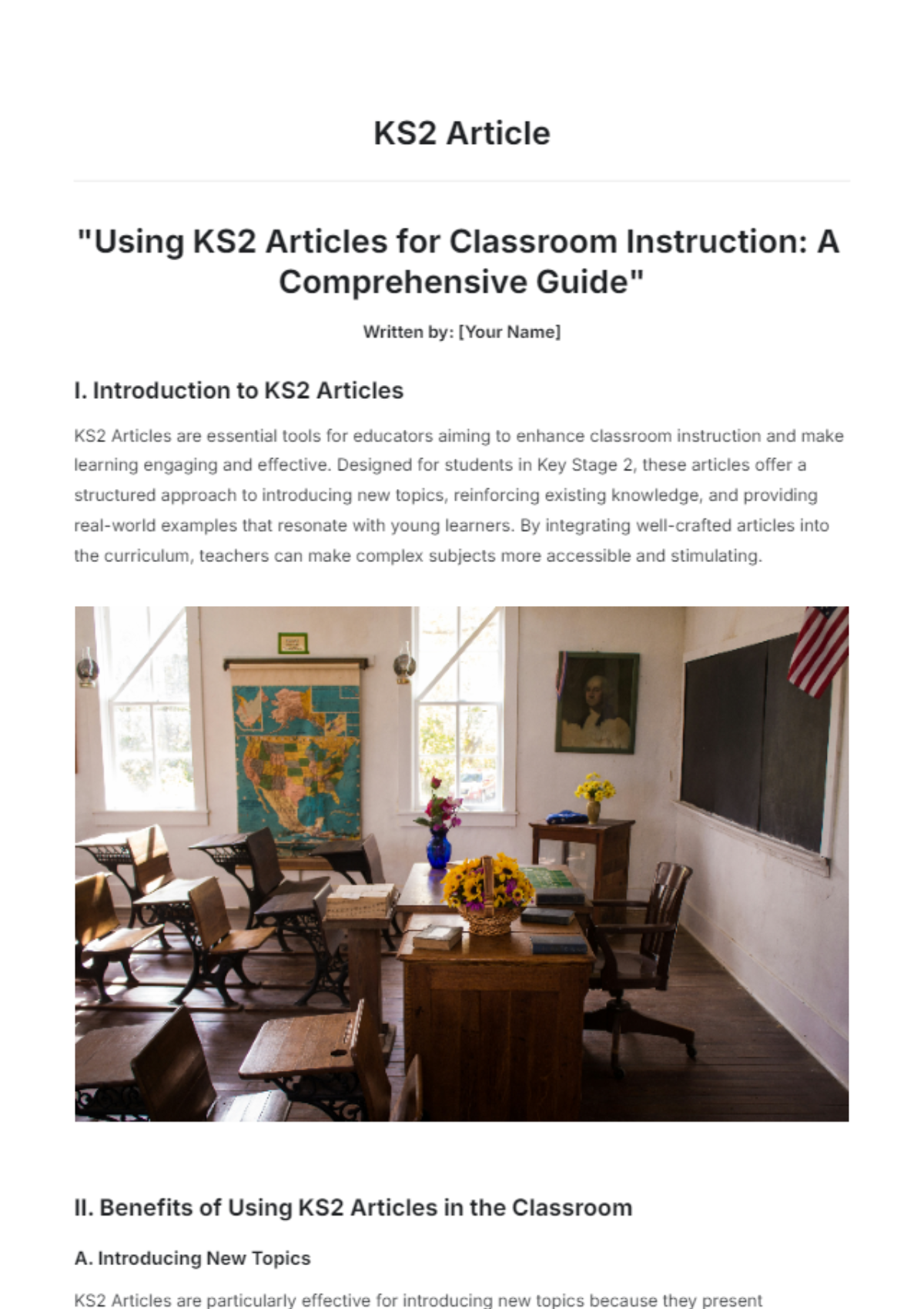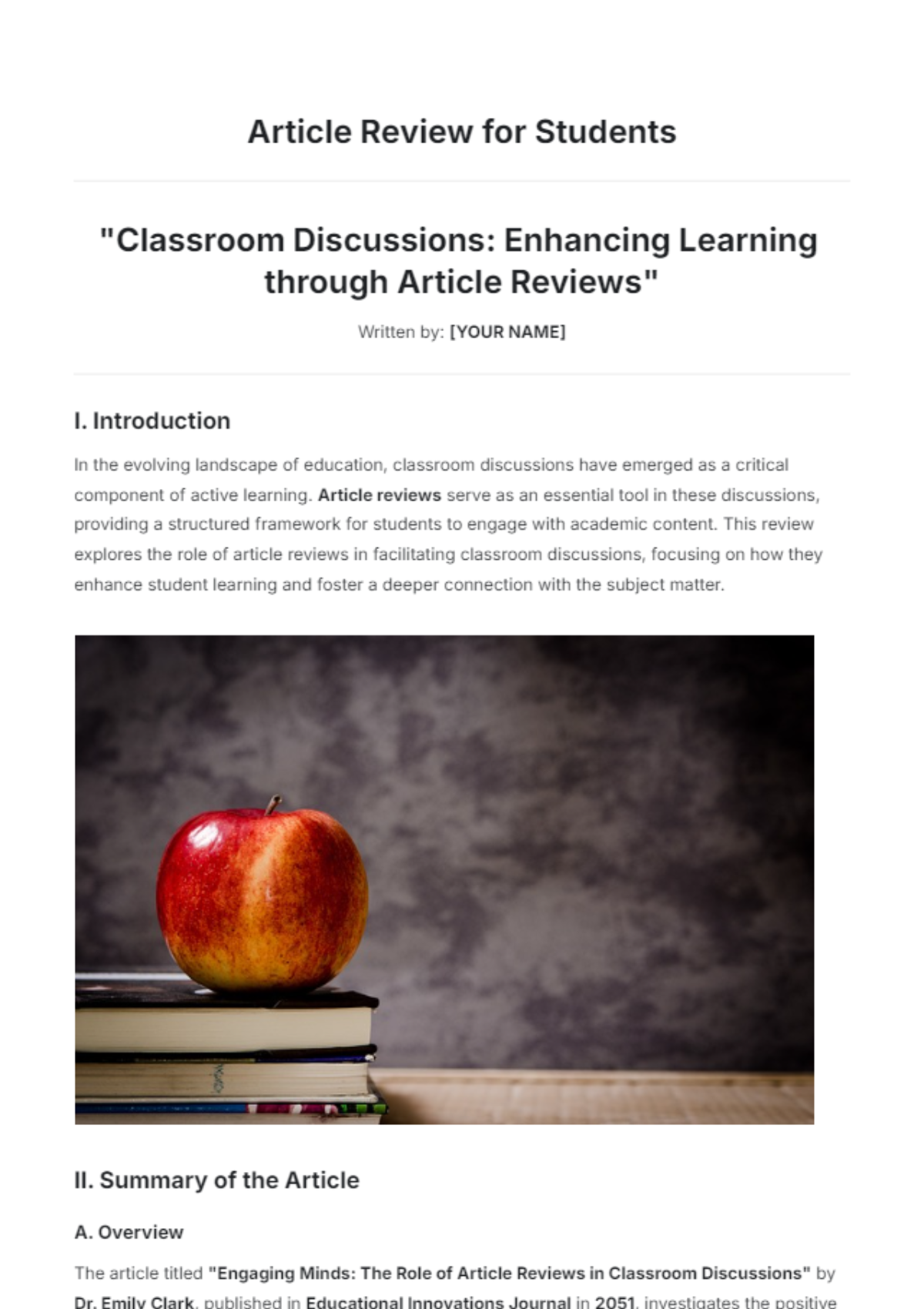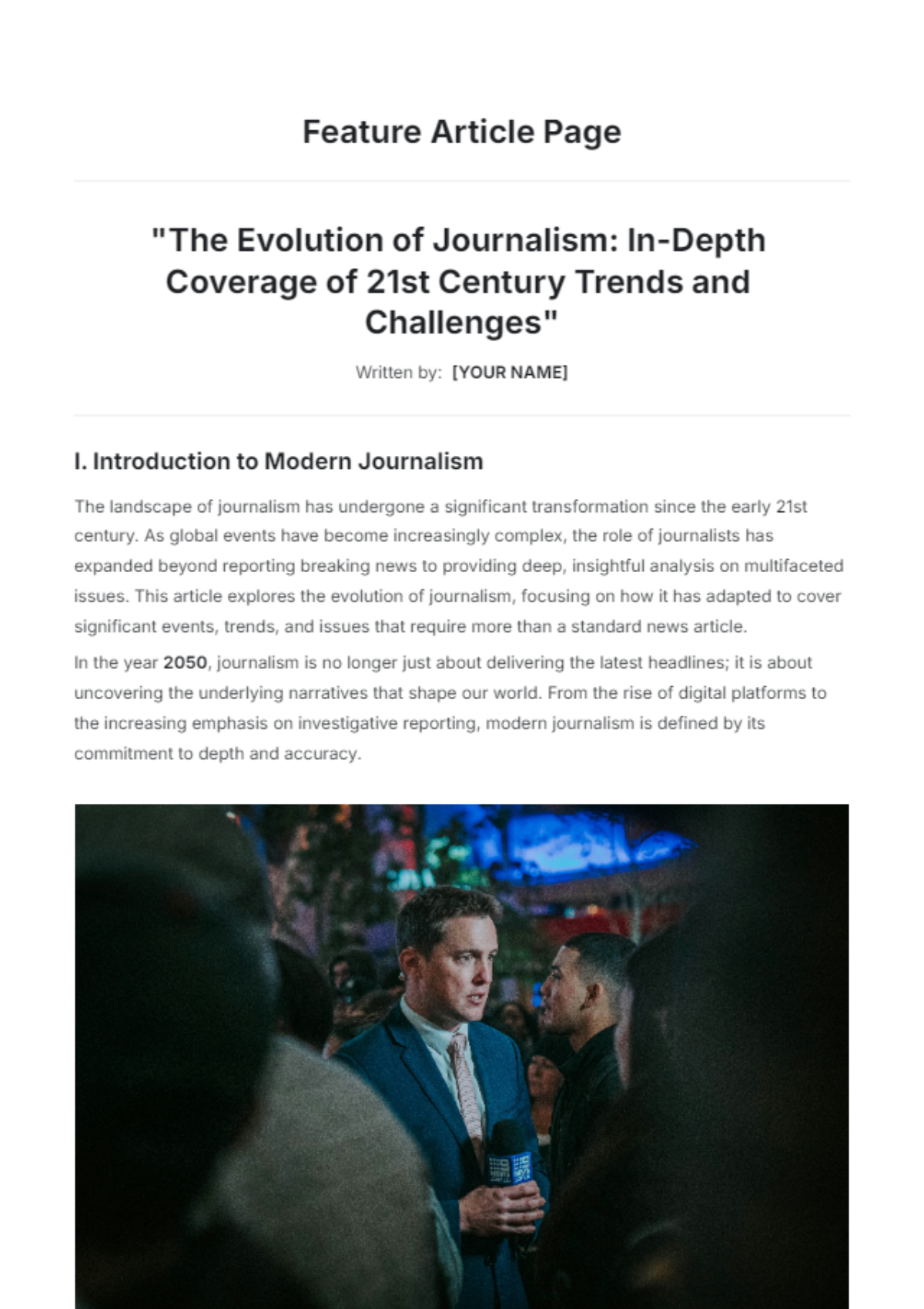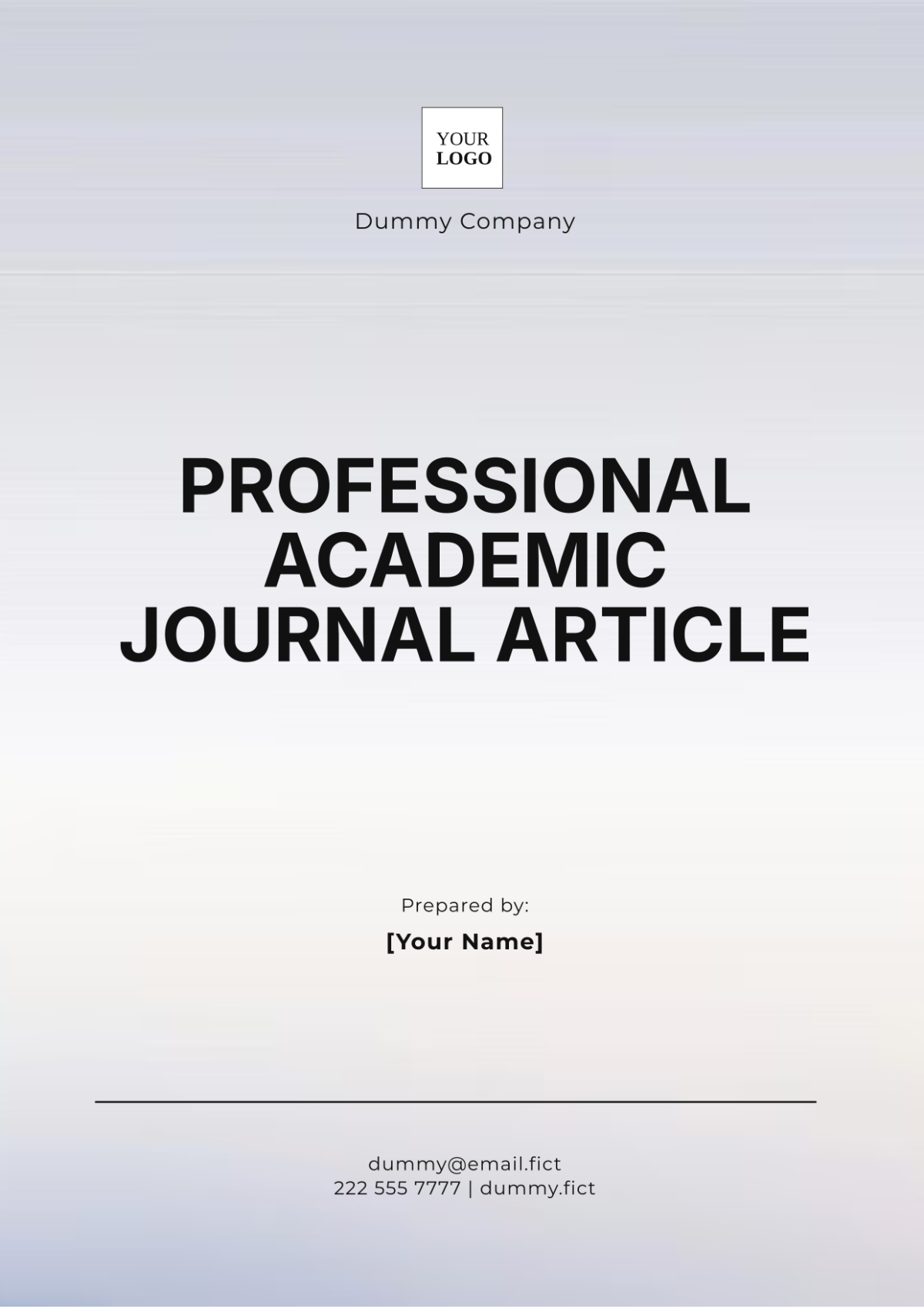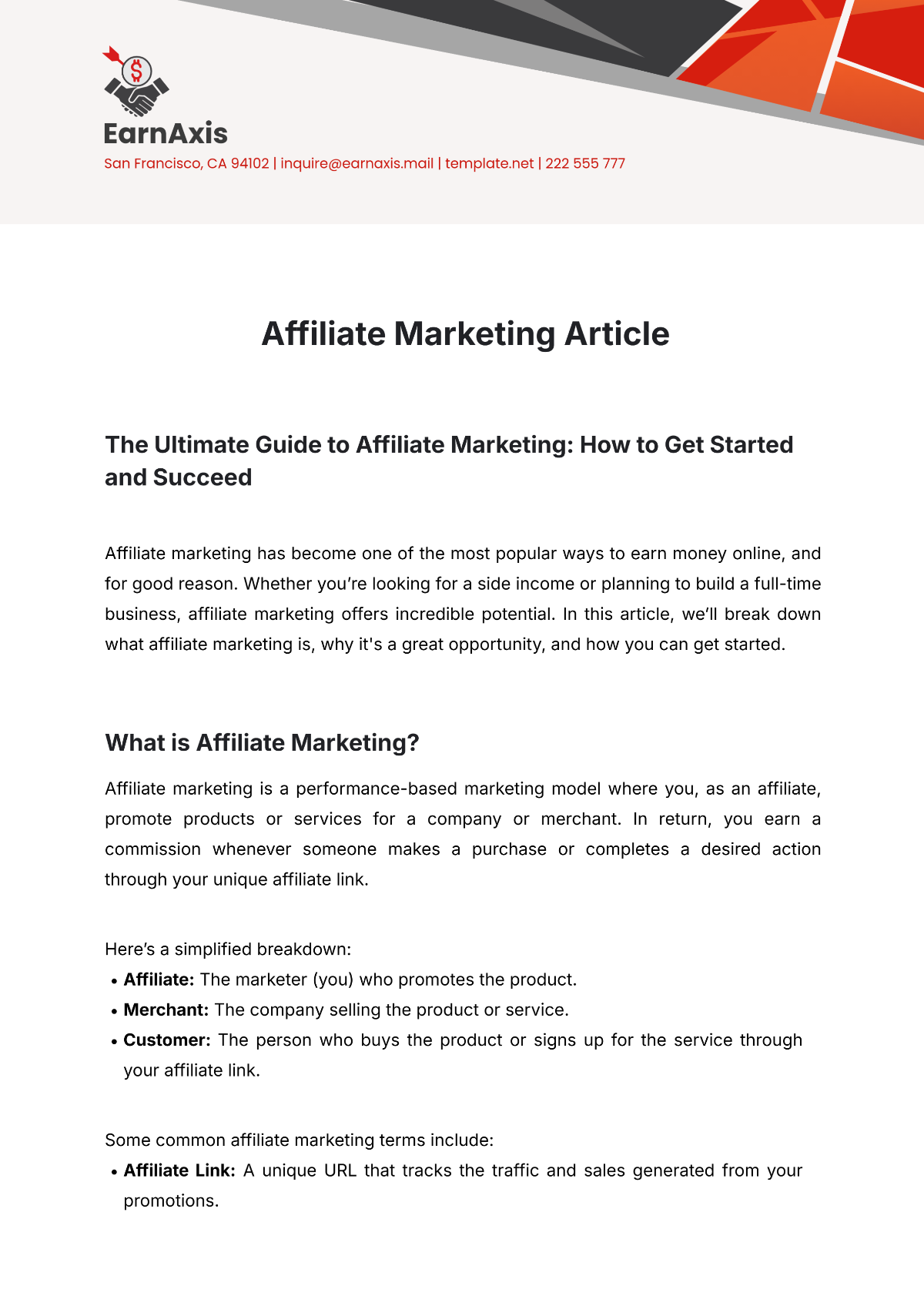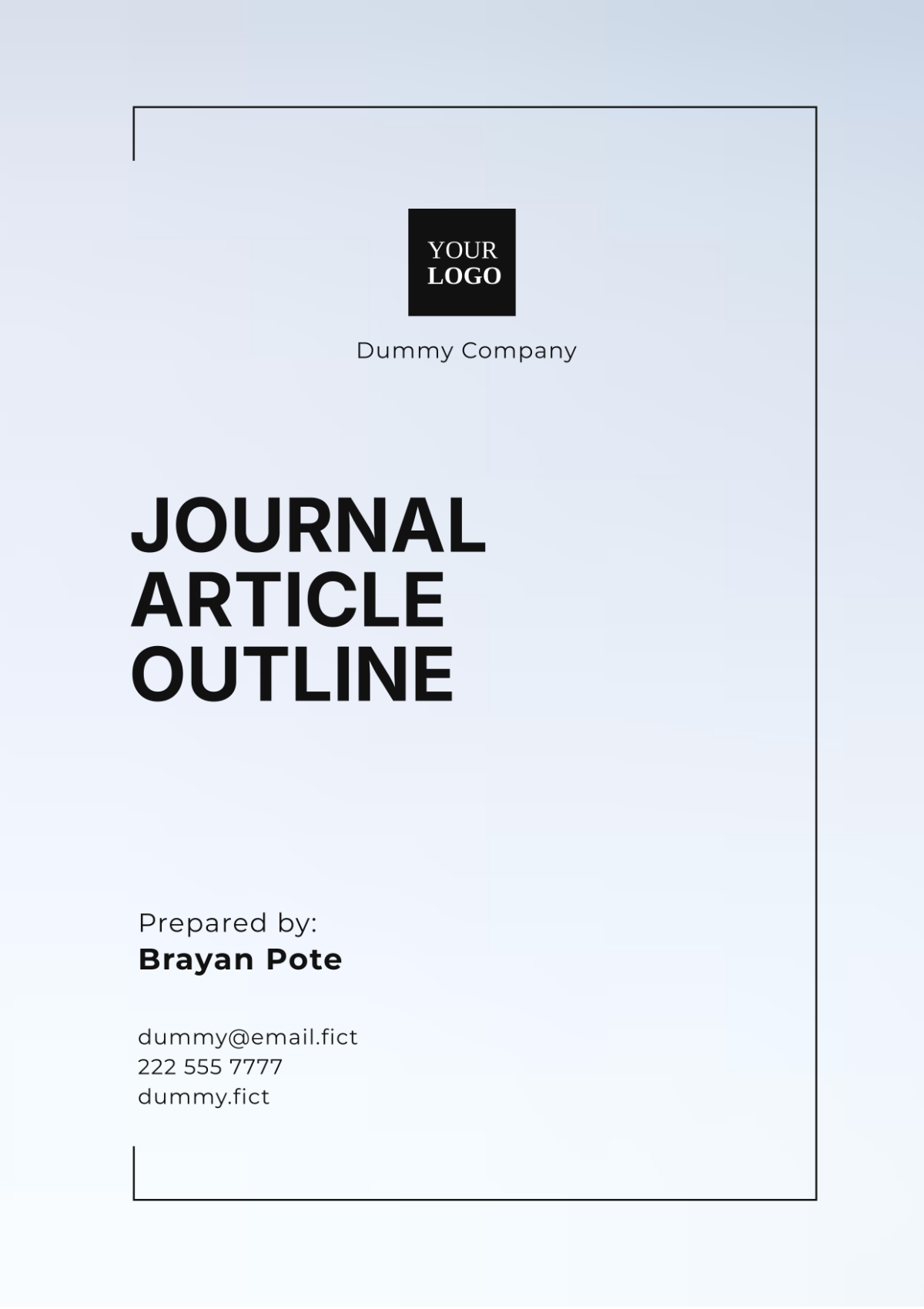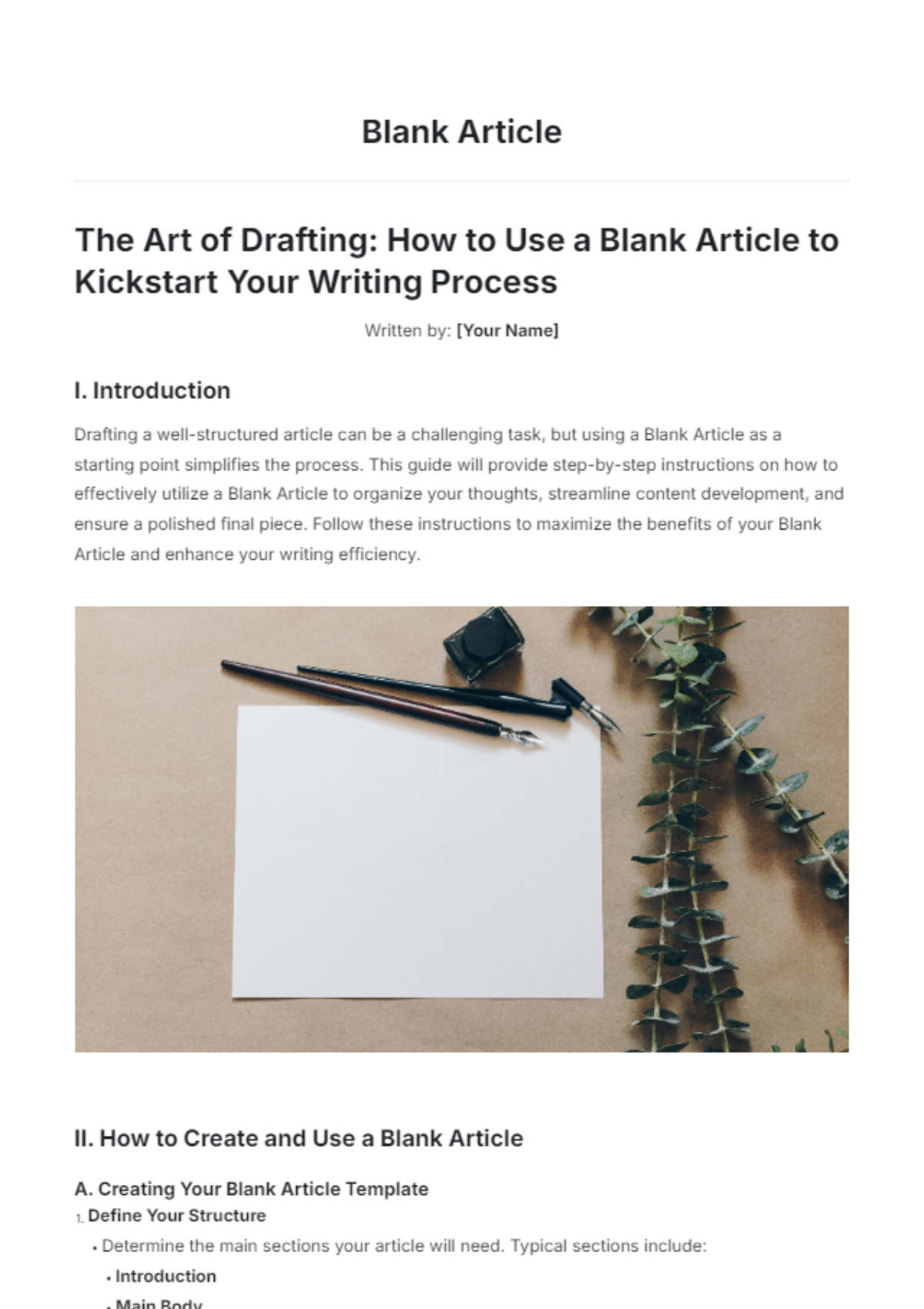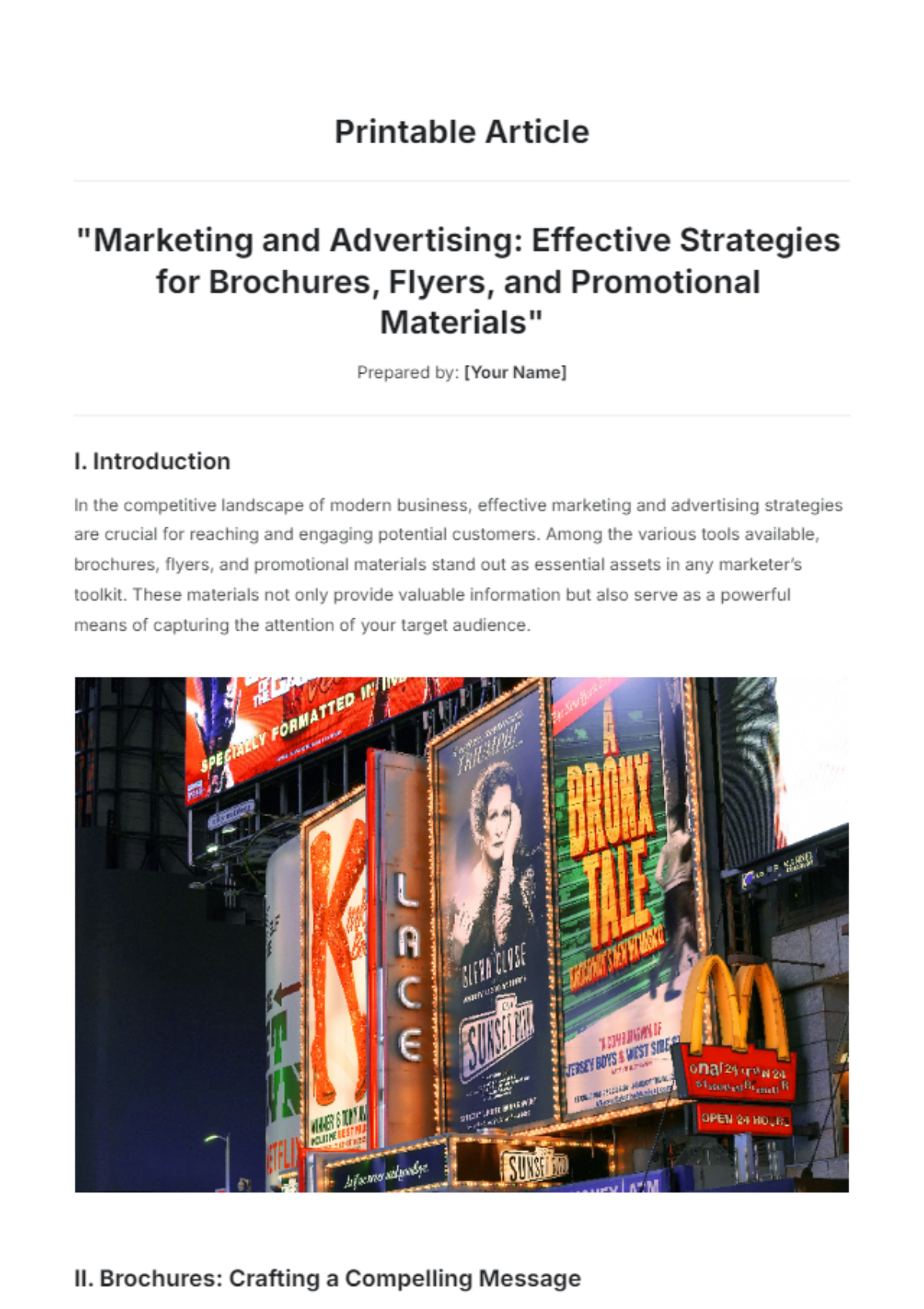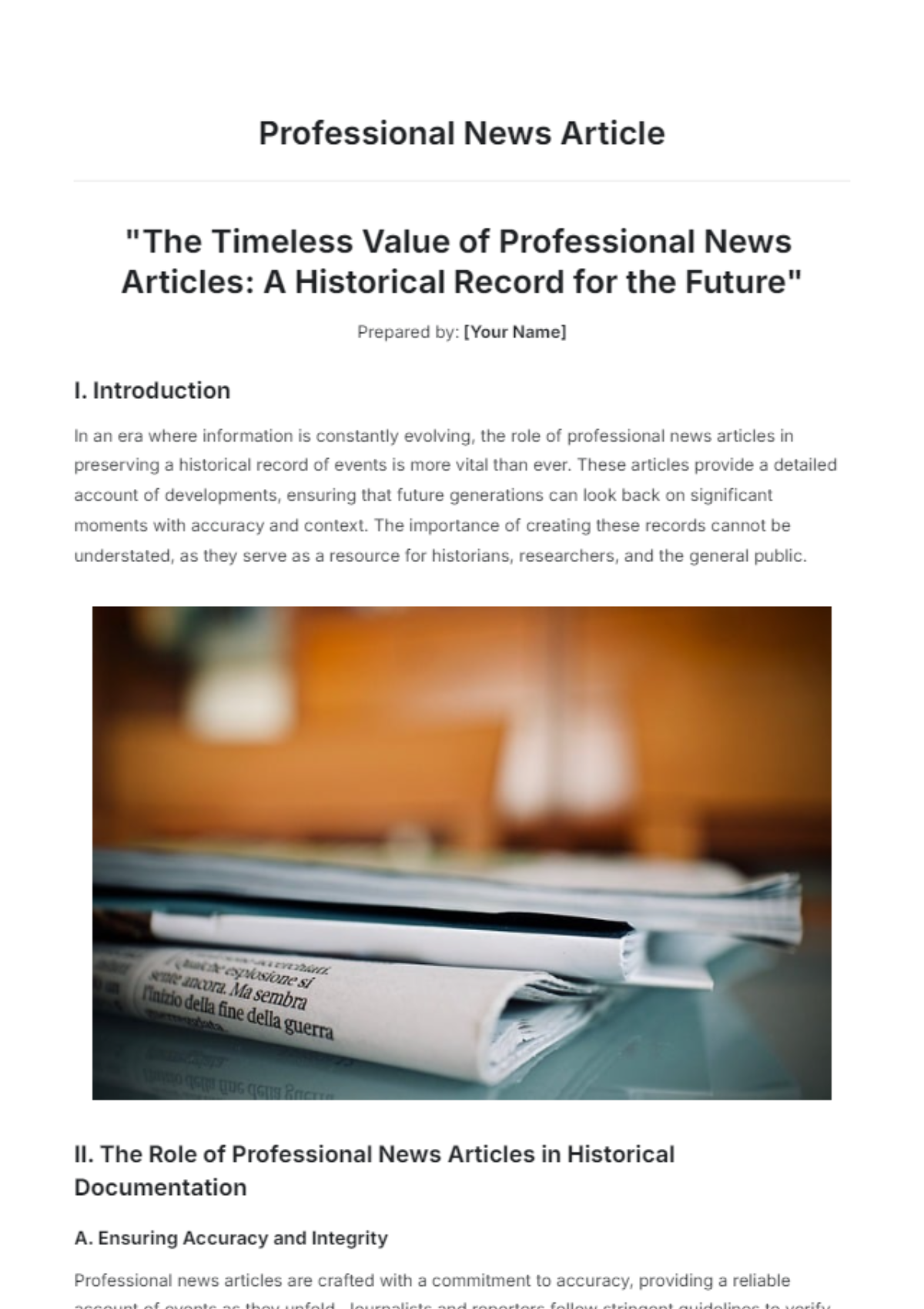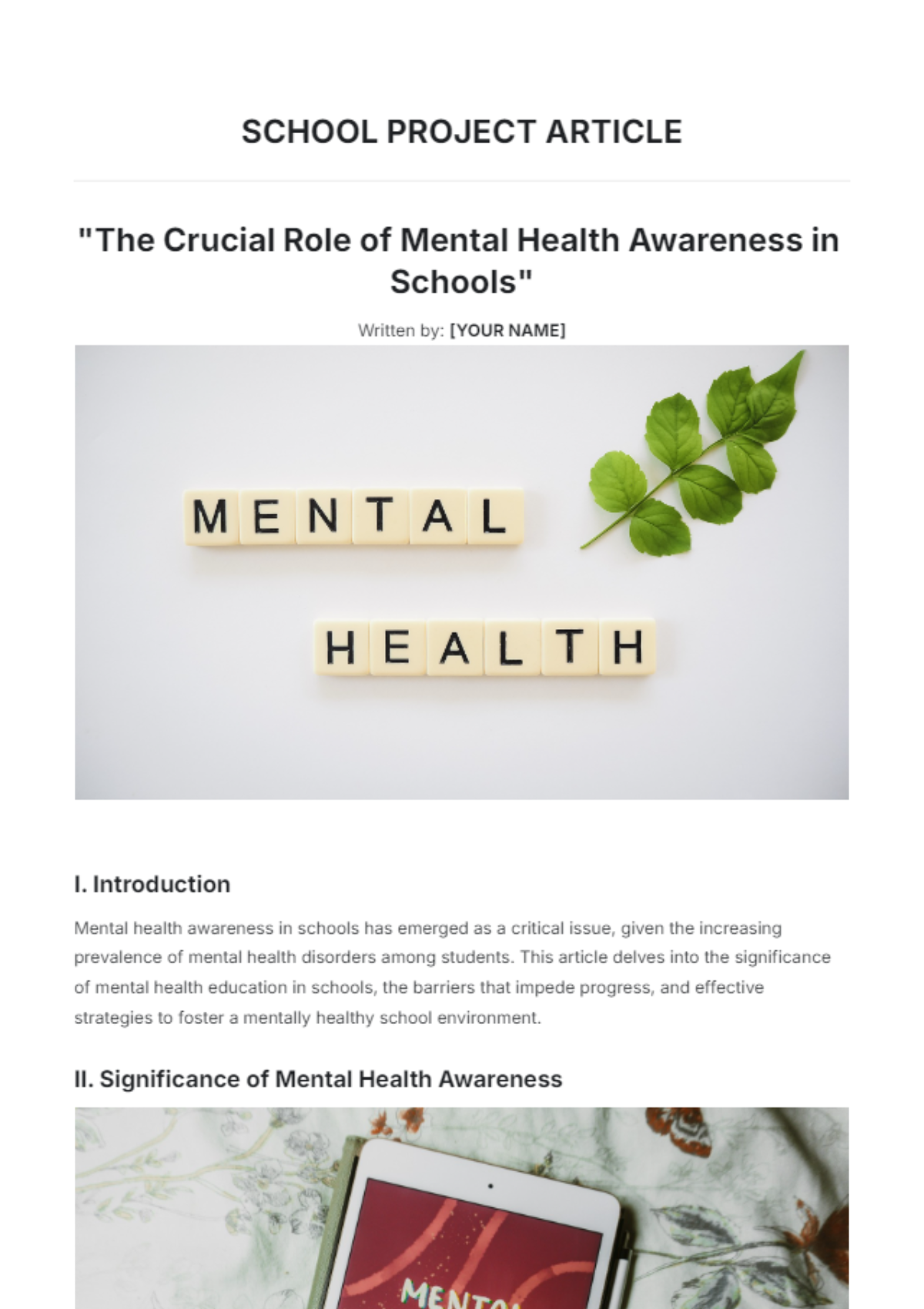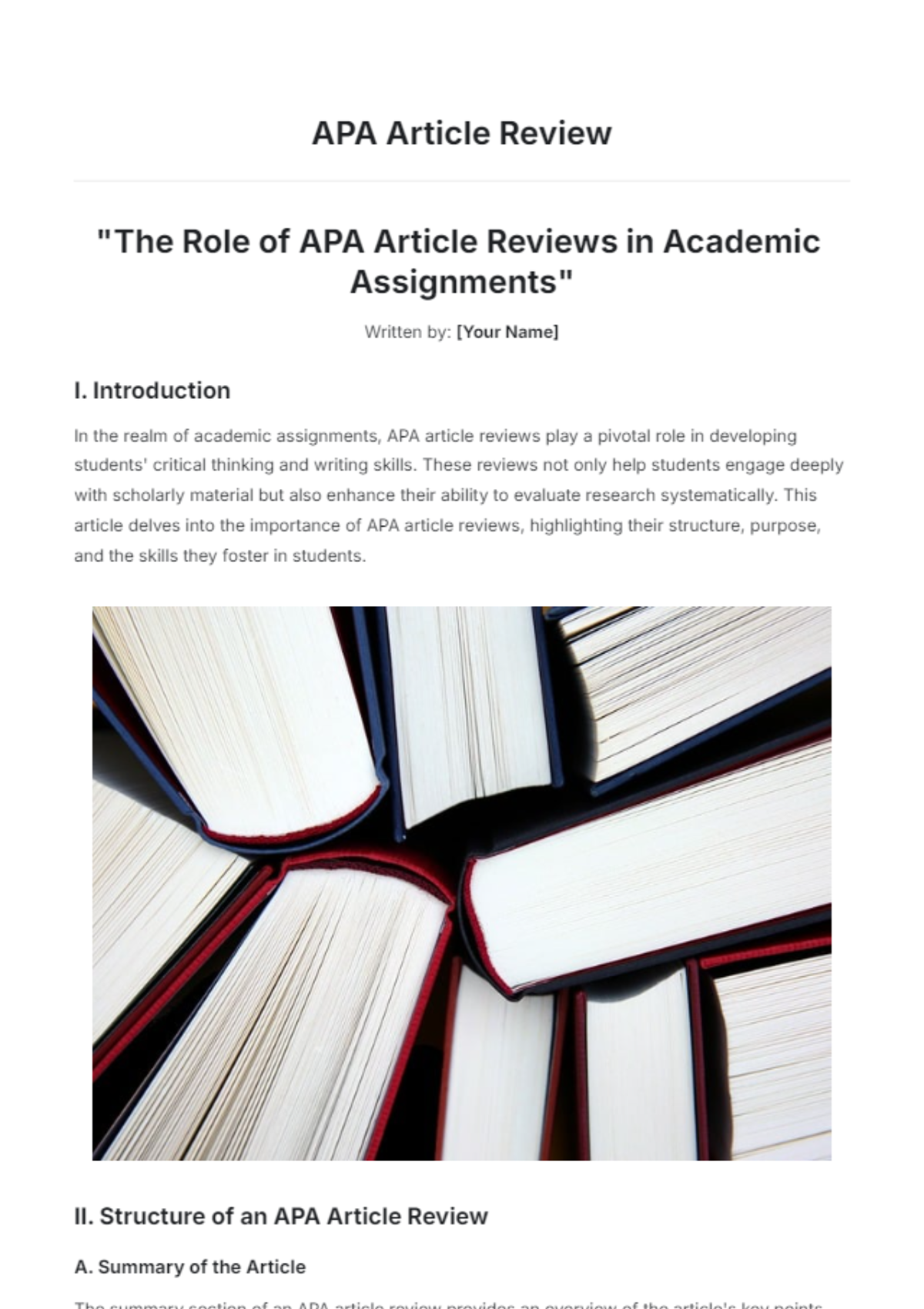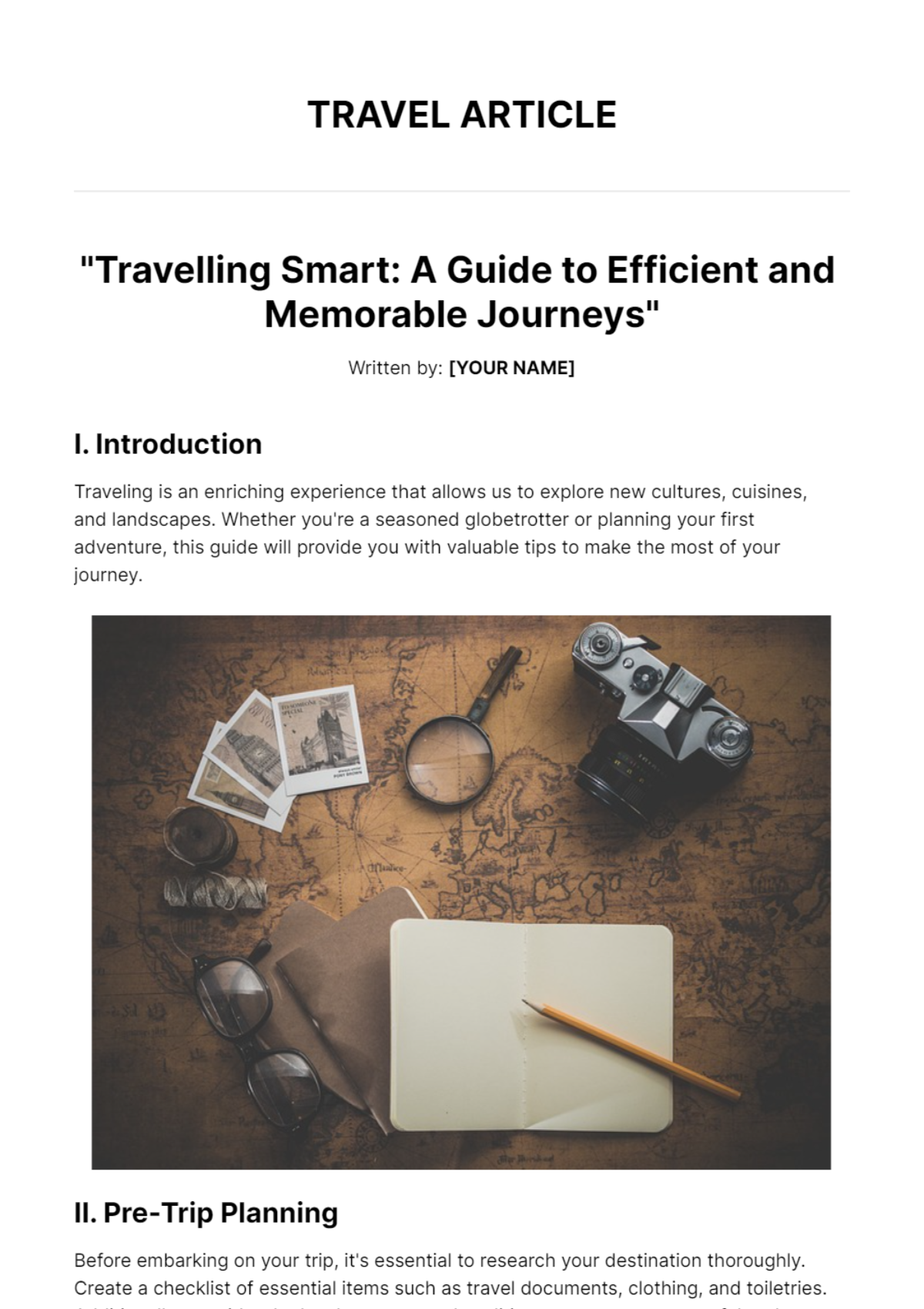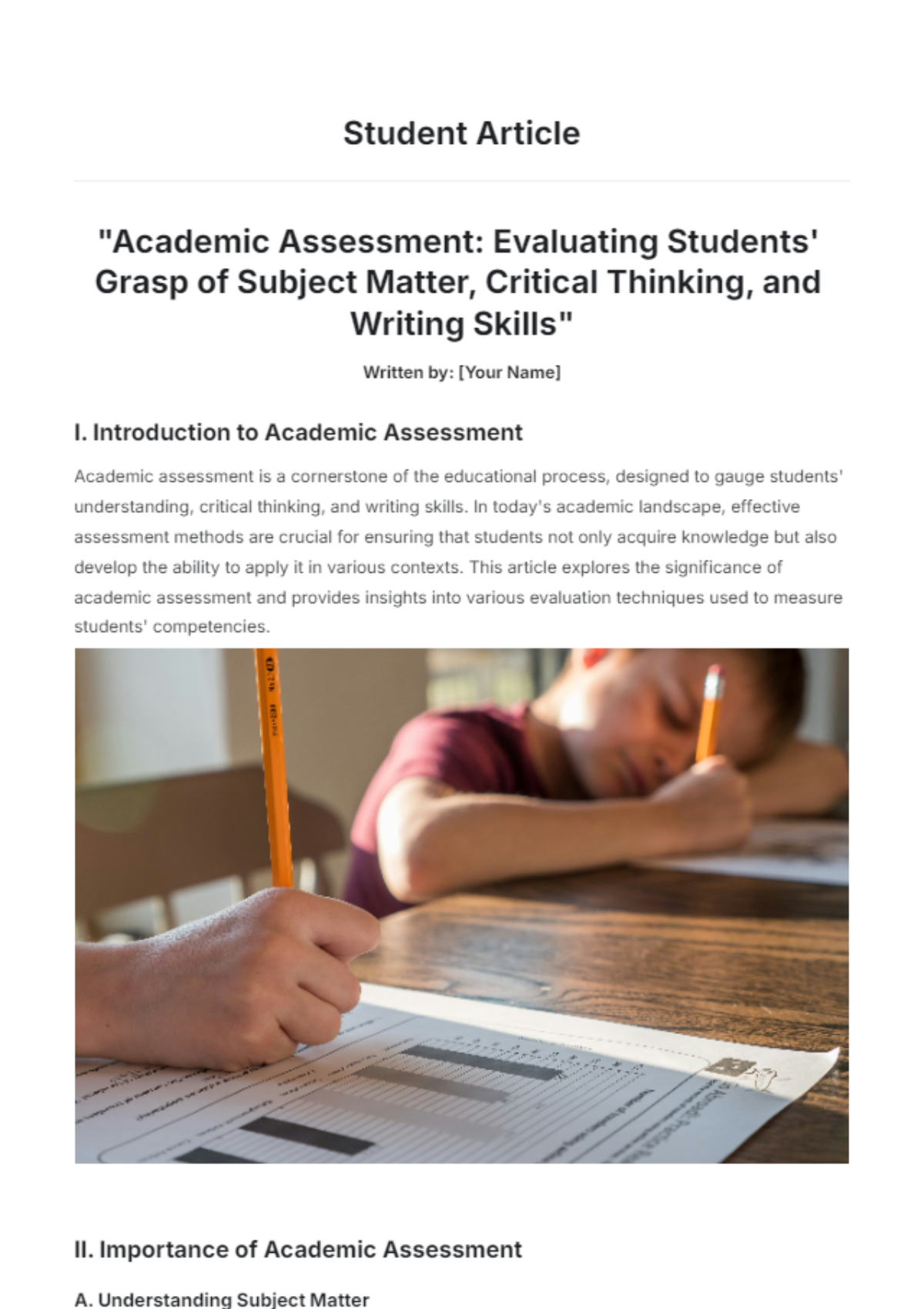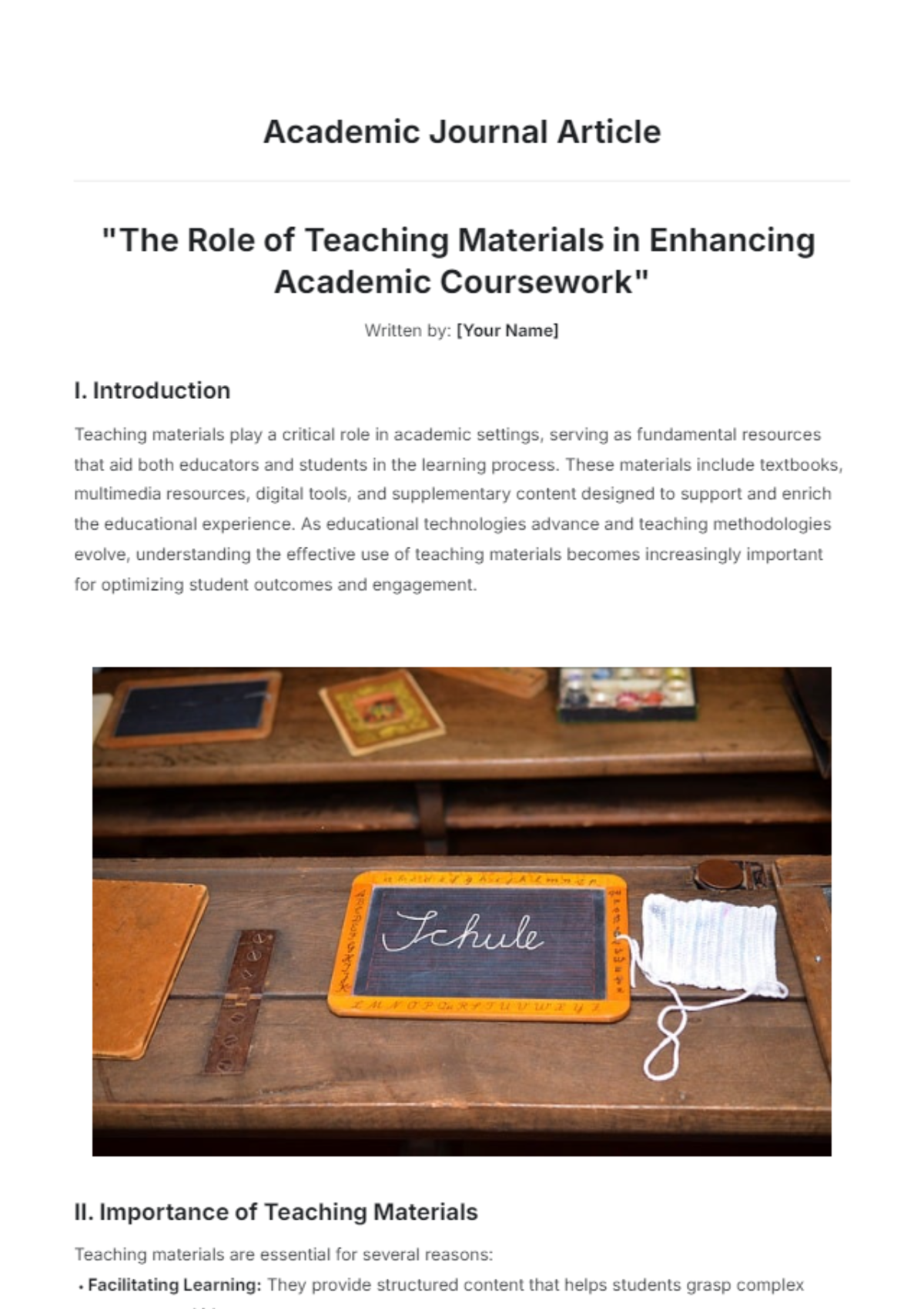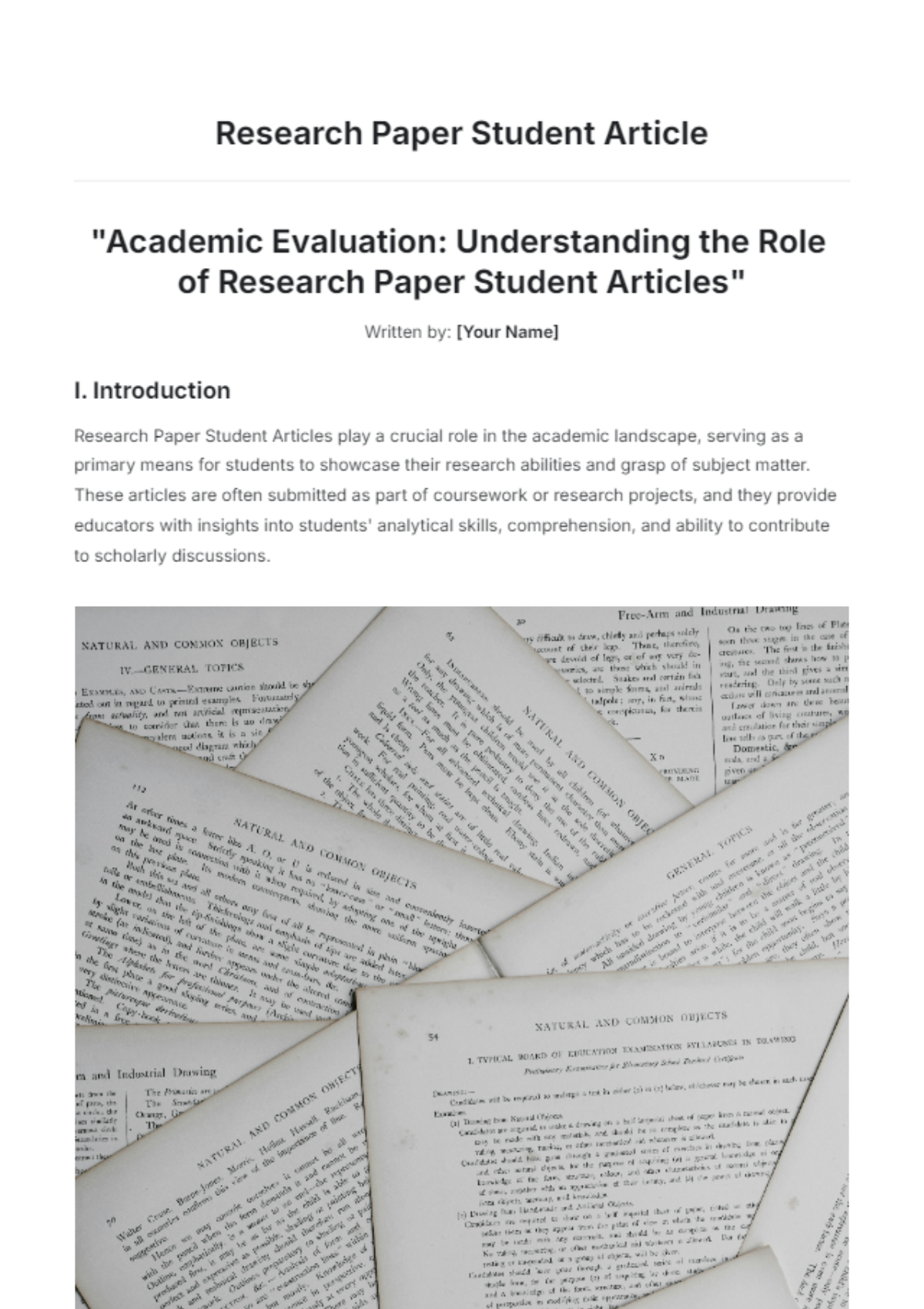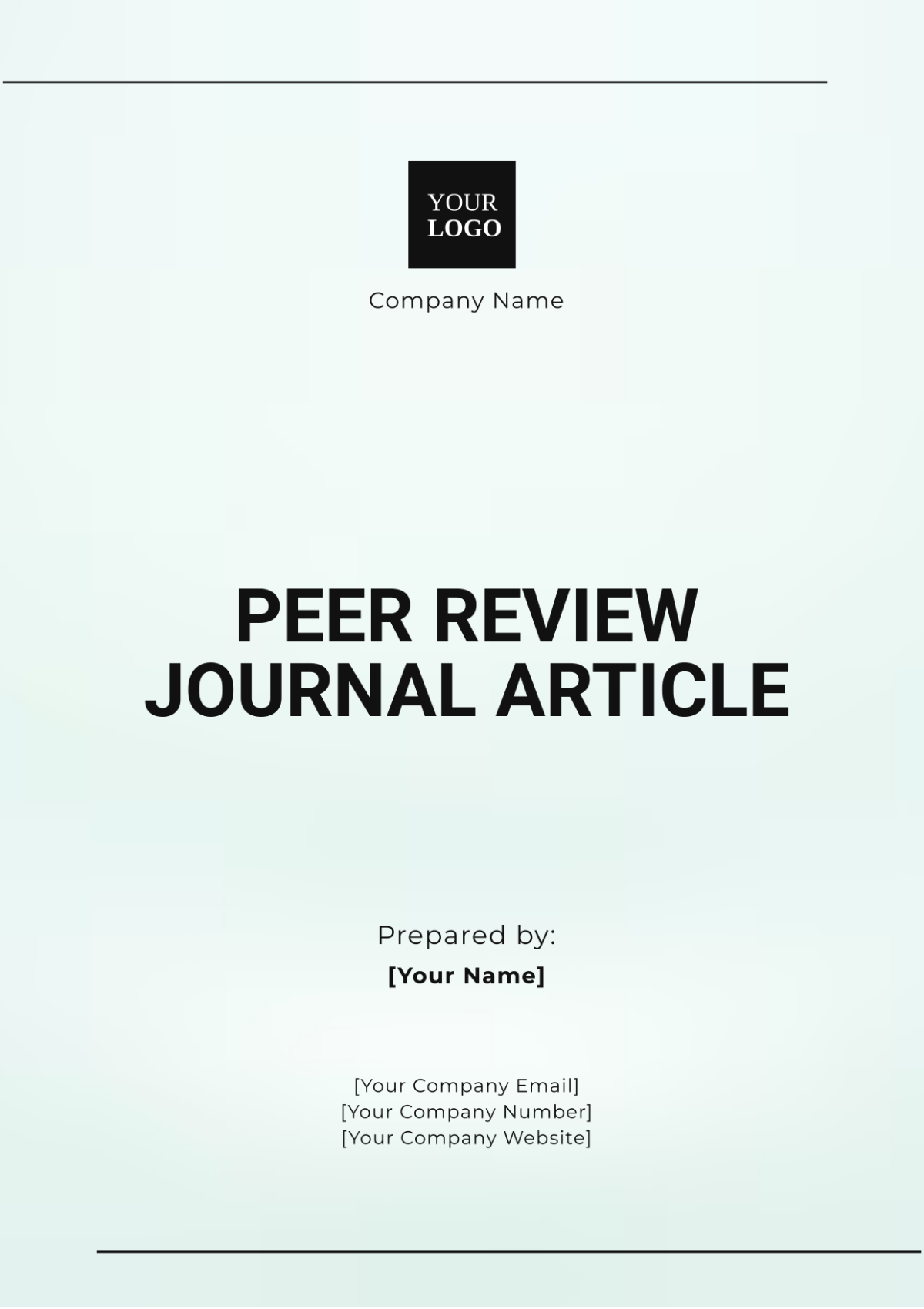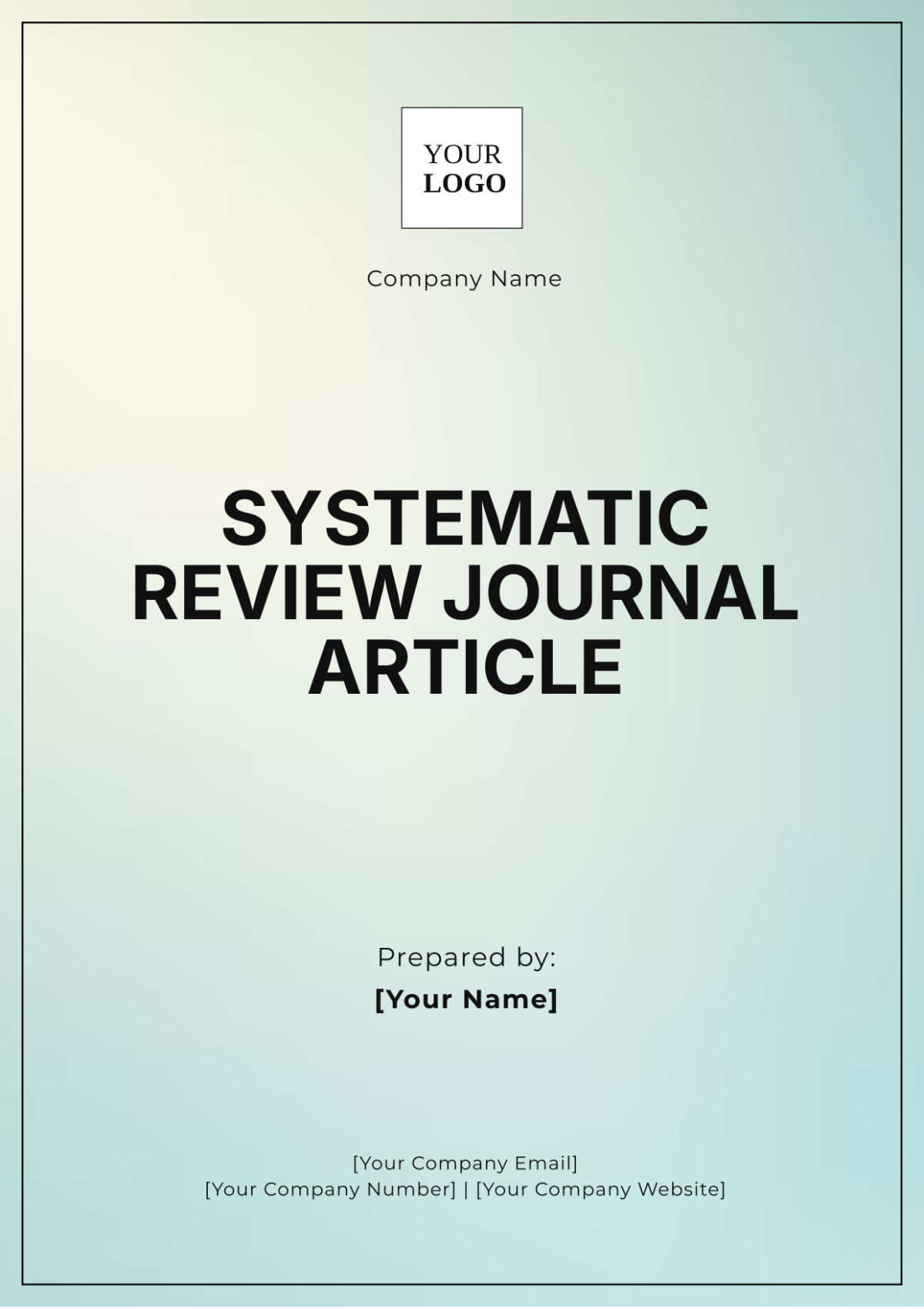GENERIC ARTICLE
"Filling Content Gaps on Websites or Blogs: A Comprehensive Guide"
Prepared by: [Your Name]

I. Introduction
In today's digital landscape, the success of a website or blog hinges on its ability to consistently provide valuable and engaging content to its audience. However, even the most well-maintained platforms can encounter content gaps, areas where information is lacking or outdated. These gaps not only hinder user experience but also impact search engine rankings and overall site performance. In this guide, we'll explore strategies for identifying and filling content gaps effectively to enhance your online presence and drive engagement.
II. Understanding Content Gaps
A. What are Content Gaps?
Content gaps refer to areas within your website or blog where there is a lack of relevant or up-to-date information. These gaps can arise due to various reasons, including changes in industry trends, evolving audience preferences, or oversight during content planning. Identifying these gaps is crucial for maintaining a comprehensive and authoritative online presence.

B. Why Do Content Gaps Matter?
Content gaps not only affect user satisfaction but also impact search engine optimization (SEO) efforts. Search engines prioritize websites that offer comprehensive and relevant content, and gaps can result in lower rankings and visibility. By addressing content gaps, you not only improve user experience but also enhance your site's SEO performance, leading to increased traffic and engagement.
III. Identifying Content Gaps
A. Conducting Content Audits
One of the most effective ways to identify content gaps is through regular content audits. These audits involve evaluating existing content to determine its relevance, accuracy, and performance. Analyze metrics such as page views, bounce rates, and keyword rankings to pinpoint areas that require attention. Additionally, gather feedback from your audience through surveys or comments to understand their information needs and preferences.

B. Keyword Research
Keyword research is another valuable tool for identifying content gaps. Use SEO tools to identify relevant keywords and phrases related to your niche or industry. Look for keywords with high search volume and low competition, indicating areas where your website can provide valuable insights. Incorporate these keywords into your content strategy to address gaps and attract organic traffic.
IV. Filling Content Gaps
A. Developing New Content
Once you've identified content gaps, it's time to develop new content to fill those voids. Create comprehensive and informative articles, blog posts, or guides that address the needs and interests of your target audience. Focus on providing valuable insights, actionable tips, and relevant examples to engage readers and establish your authority in the field.
B. Updating Existing Content
In addition to creating new content, don't forget to update and optimize existing content to address gaps. Update outdated information, add new sections or insights, and optimize content for relevant keywords to improve its visibility and relevance. Regularly revisit your content strategy to ensure that your website remains up-to-date and competitive in your industry.
V. Conclusion
Filling content gaps is a continuous process that requires diligence, creativity, and strategic planning. By identifying areas where your website or blog can provide additional value, addressing user needs, and optimizing content for search engines, you can enhance your online presence and attract a larger audience. Remember to regularly assess your content strategy, stay informed about industry trends, and adapt to the evolving needs of your audience to maintain a competitive edge in the digital landscape.
About the Author:
This article was written by [YOUR NAME]. For more detailed exploration and in-depth resources, continue following our updates or reach out directly for personalized advice.
